|
Not every reader can stomach violence in fiction, and not every writer wants to go the whole hog with it. Here are two ways to approach it: compressed reporting after the fact; and showing it all as it happens.
Compressed reporting after the fact
Reporting the outcome of violence after the fact can be a superb alternative to detailed descriptions that might upset or sicken authors and their readers. This technique is used on the screen too. In Series 5, Episode 3 of Line of Duty (BBC1), the perpetrator breaks into the home of a core character’s ex-wife. The transgressor proceeds to torture the victim. There’s a drill involved and lots of screaming. It’s gross. Well, it would be if we saw it. But we don’t. All we see is the outcome. The ex-wife lies in a hospital bed, bandaged from head to toe. We glimpse patches of skin, her flesh swollen and angry. Her face is physically untouched though trauma is etched into it. And even the slightest movement results in a whimper and a wince; despite the medication, she’s in pain. All we know so far is that something awful has happened to her but we don’t know what. The scene cuts to two police officers listening to an audio file of the torture. Now we hear the drill and the screams. The officers play a little of the audio then switch it off and express their horror. A phone conversation with the victim’s husband ensues and we discover a little more about what’s been done to the woman. They finish the call and discuss the crime between themselves. Then the audio’s back and we hear a few more snatches. Off again, and there’s more analysis. It’s a powerful rendition of extreme violence that protects viewers from the gory detail but leaves us in no doubt about the suffering that’s been endured. This method can work just as beautifully in a novel. It’s not that the violence is diminished but that we access less of it. Harlan Coben’s Run Away (Century, 2019, pp. 68–9) provides an excellent example. Aaron, a corrupt and possessive junkie, has been murdered. Coben elects not to show us the violence as it plays out. Instead, we learn what happened via a later conversation between Simon and Ingrid.
Two things stand out about this scene:
Cosies are a subgenre that bend particularly well to compressed after-the-fact reporting. Yes, people get hurt and die in grisly ways but most of the horror is left to the imagination. Here’s an example from Emily Brightwell’s The Inspector and Mrs Jeffries (C&R Crime, 2013, pp. 1–3):
Brightwell focuses on the impact of the poison on the body; unlike in the Line of Duty screen example, there’s nothing that tells us about the suffering endured. That’s the cosy way. And as with the Coben example, the implied violence is balanced by dialogue that unveils character personality. It’s not just the readers who shy away from the horror; Inspector Witherspoon does too. We also learn how he’s perceived by others in the scene – as a bumbling buffoon who can’t see the obvious. This sets the scene nicely for Mrs Jeffries’ more capable intervention later on in the novel. Showing it all as it happens Some acts of violence – such as fight scenes – work best when we’re shown everything as it plays out. Rendering a fight after the fact (as in the examples above) would destroy the dramatic tension. Still, a fight scene needs to hold the reader’s attention. That means paying attention to pacing and providing just enough stage direction to enable the reader to understand the choreography. This extract from The Poison Artist by Jonathan Moore (Orion, 2014, pp. 244–5) appealed to me because it avoids high-octane, kickass tropes. Rather, the author captures the transgressor’s mysterious sensuality in the violent narrative. Her psychotically calm speech and composed movements have an ethereal quality. In sharp contrast, the protagonist’s actions are punctuated with sentence fragments that elevate the pace and introduce tension.
Moore, like Coben, doesn’t overwork it. The scene never drags even though the pace changes depending on who we’re watching. Here’s a high-octane example from Robert Ludlum’s The Matlock Paper (Orion, 1973/2005, pp. 268–9). Ludlum never bores us, just tells us straight. The pace is quick and every word counts.
Ludlum keeps the stage direction lean and the pace consistent. But I also love how he introduces the earth and rain into the narrative, but only briefly. The weather doesn’t distract us. The mentions are just enough to ground the violence in a physical environment that can be felt and heard; the men aren’t fighting in white space. Lean is good but not too lean! Omitting the detail would render the scene inauthentic. Imagine reading this:
Lamaison saw his chance, and he took it. But Reacher was ready and took him down. Game over.
Really? So how did he manage that? Was is that easy? Jack Reacher’s good but he’s human. Readers still need to know how he won the day, how he was challenged, what obstacles he had to overcome. That way we can rally behind him. Here’s the real extract from Lee Child’s Bad Luck and Trouble (Bantam, 2007, p. 492). Child gives us the detail, shows us the choreography of the fight, but it’s focused. None of the steps are repeated so we don’t get bored.
Child uses sentence fragments to accelerate the pace, and polysyndeton to introduce a sense of rampancy. And he deepens our interest by shifting the narrative distance – we move from observers in the wings to right inside Reacher’s head. Summing up For showing-it-all violence:
For reporting-after-the-fact violence:
A final word. If your scenes of violence include weapons or specialist fighting techniques, do your research. Some of your readers will know their guns and martial arts. Placing suppressors on pistols that don’t take them or getting your martial arts moves wrong will pull readers out of your story and provide the pedants with excuses to knock stars off your Amazon reviews. Further reading
Louise Harnby is a line editor, copyeditor and proofreader who specializes in working with independent authors of commercial fiction, particularly crime, thriller and mystery writers.
She is an Advanced Professional Member of the Society for Editors and Proofreaders (SfEP), a member of ACES, a Partner Member of The Alliance of Independent Authors (ALLi), and an Associate Member of the Crime Writers’ Association (CWA).
4 Comments
Lindsey Russell
16/5/2019 08:19:18 pm
Hmmmmm - If the man has RELEASED the gun how can Matlock WREST it FREE????
Reply
Louise Harnby
16/5/2019 10:02:56 pm
Ha! I read that as released fire, but on second reading, you’re right! The way in which Ludlum approaches the scene is what I focused on here, and I still think it’s a great example of an as-it-happens violence narrative.
Reply
Lindsey Russell
16/5/2019 10:32:58 pm
I think fight scenes can be compared to a violent dance, one move balancing the other until one of the participants gets the upper hand. I'm no dancer myself so take the coward's way out and tend to stick to the after effects as in the examples at the beginning of your article :)
Louise Harnby
16/5/2019 11:48:12 pm
You’re no coward! You just value your health. Right with you. Let them at it – we’ll go and have a cup of tea and a slice of cake! Leave a Reply. |
BLOG ALERTSIf you'd like me to email you when a new blog post is available, sign up for blog alerts!
TESTIMONIALSDare Rogers'Louise uses her expertise to hone a story until it's razor sharp, while still allowing the author’s voice to remain dominant.'Jeff Carson'I wholeheartedly recommend her services ... Just don’t hire her when I need her.'J B Turner'Sincere thanks for a beautiful and elegant piece of work. First class.'Ayshe Gemedzhy'What makes her stand out and shine is her ability to immerse herself in your story.'Salt Publishing'A million thanks – your mark-up is perfect, as always.'CATEGORIES
All
ARCHIVES
July 2024
|
|
|
|


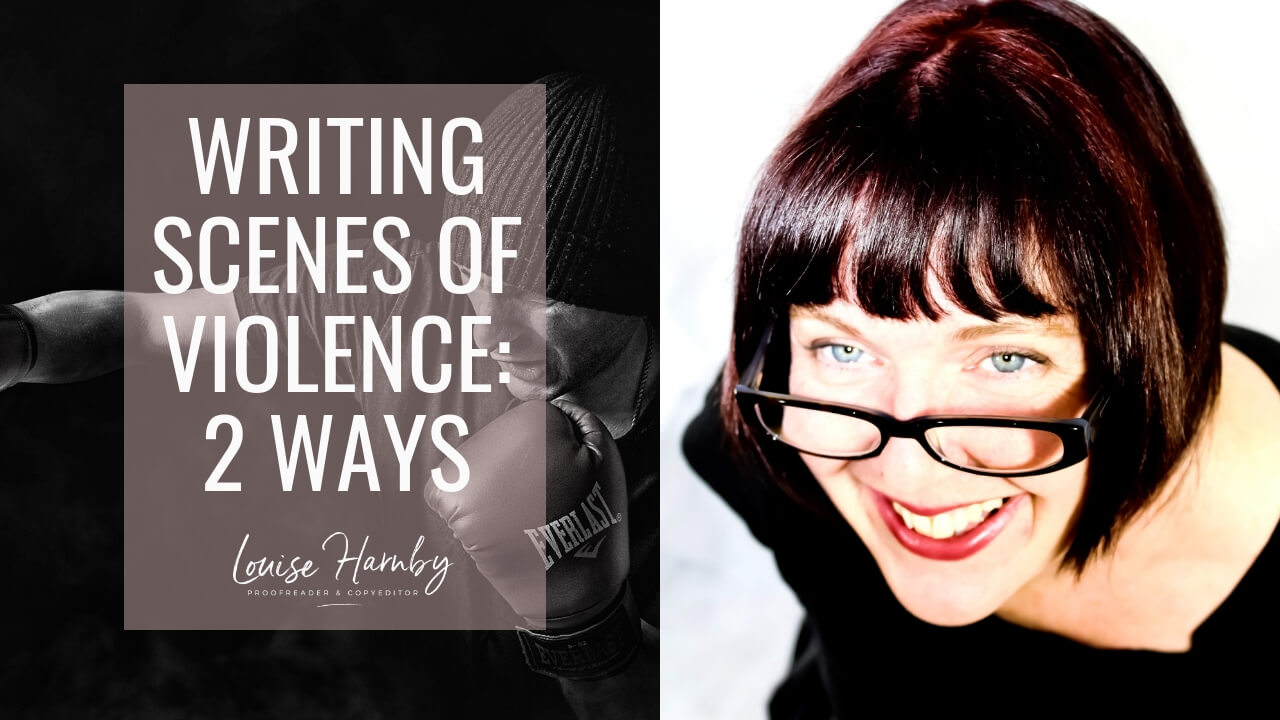
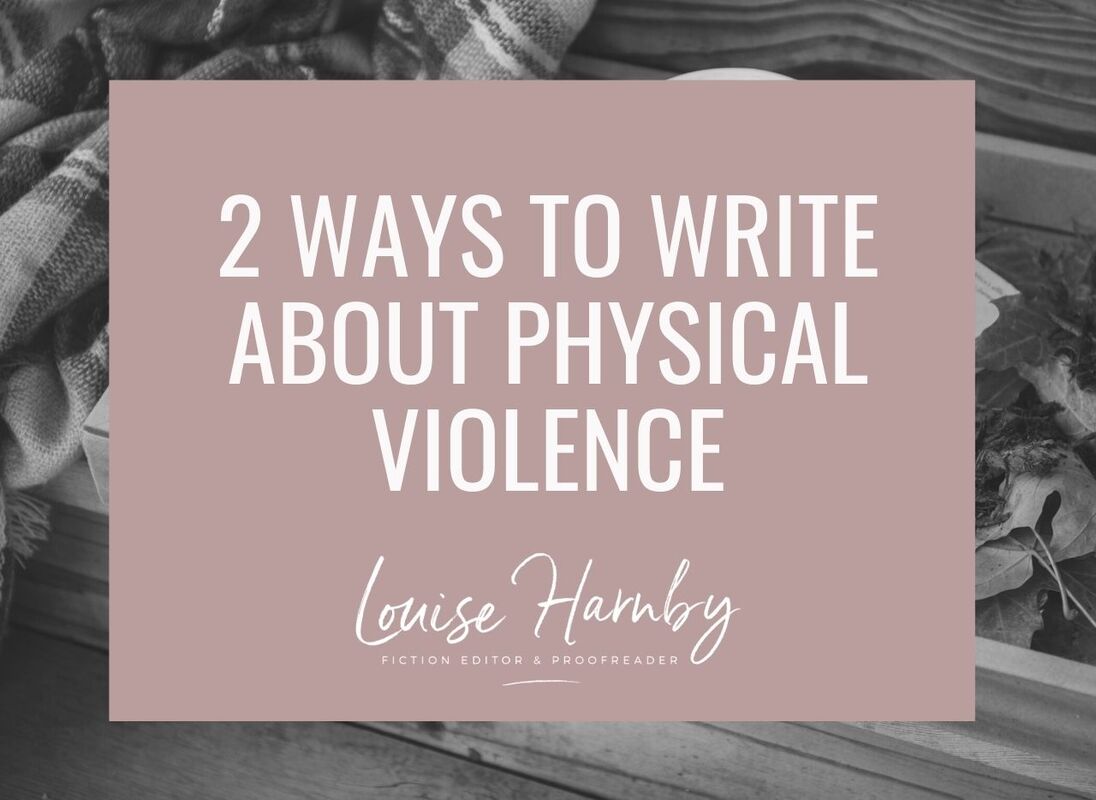
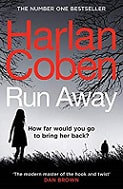
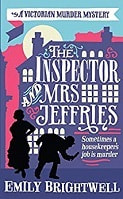
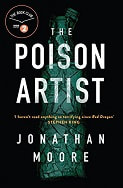
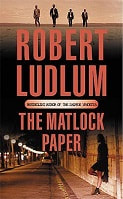
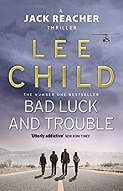













 RSS Feed
RSS Feed





